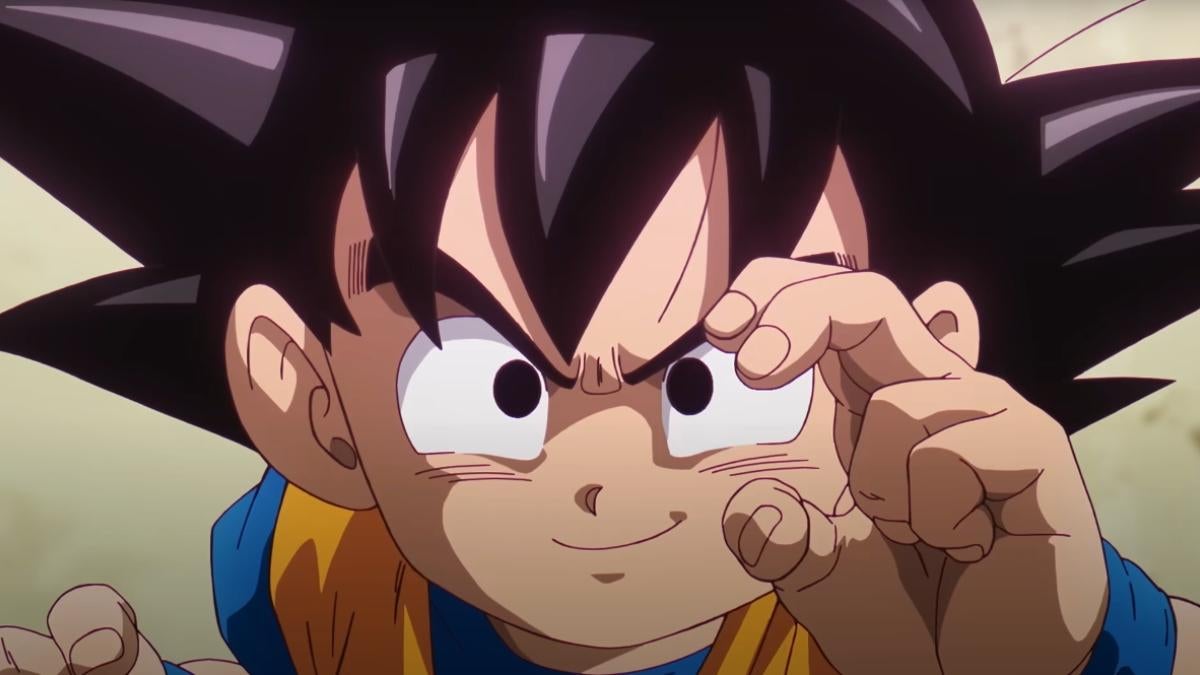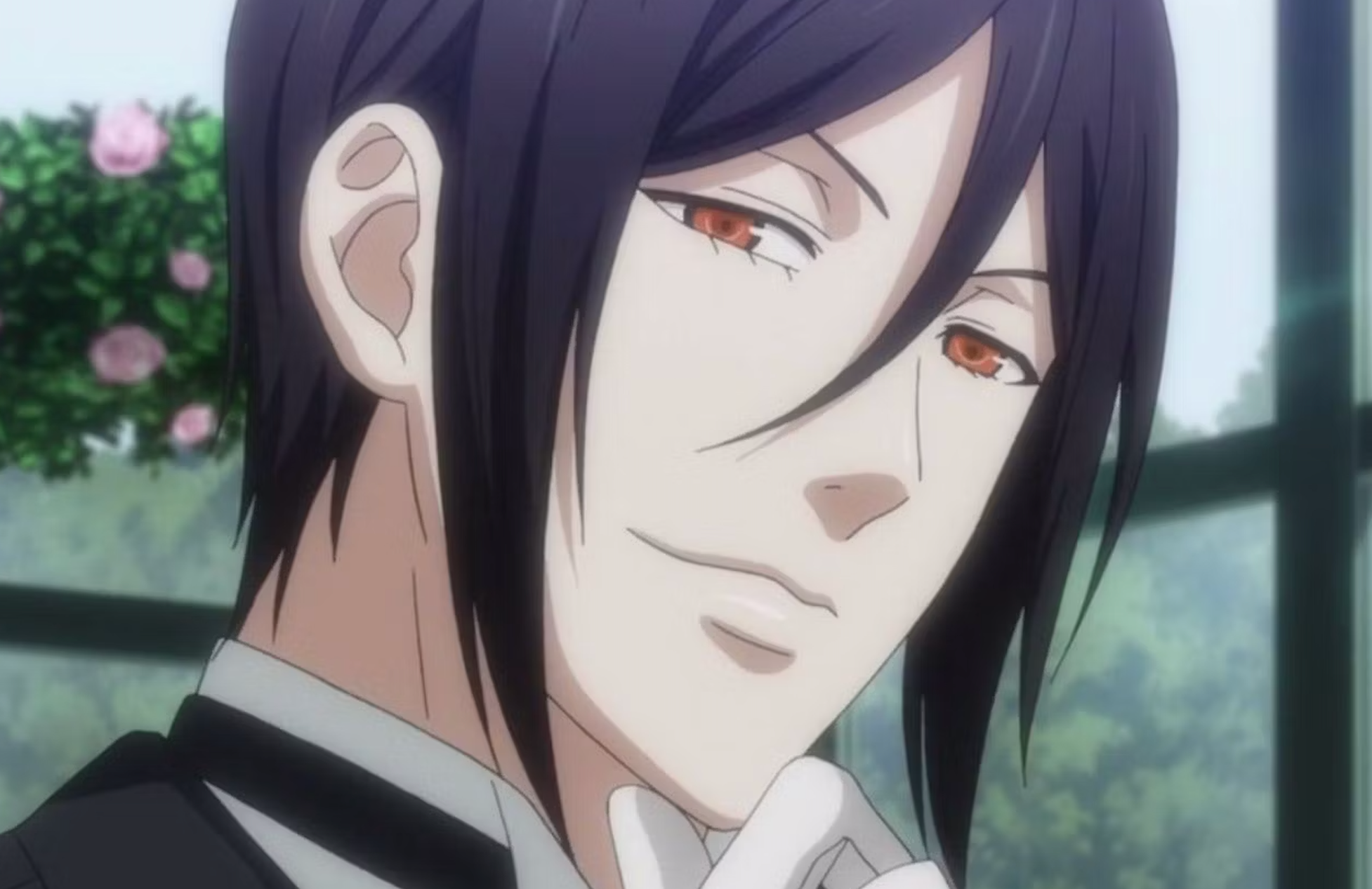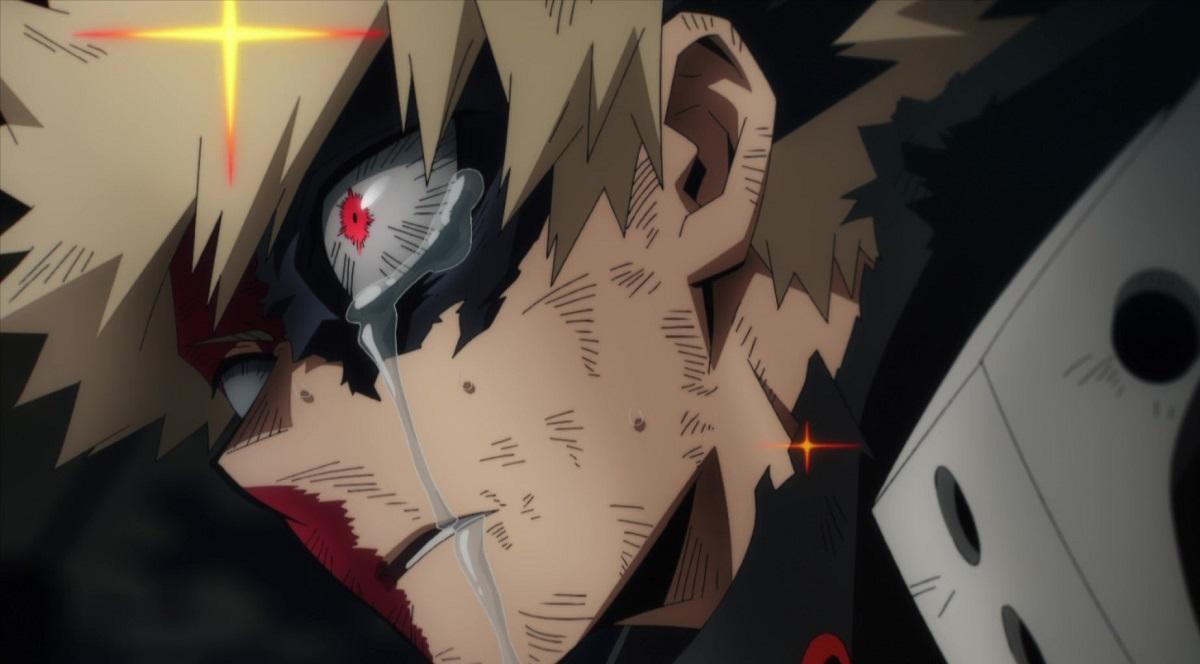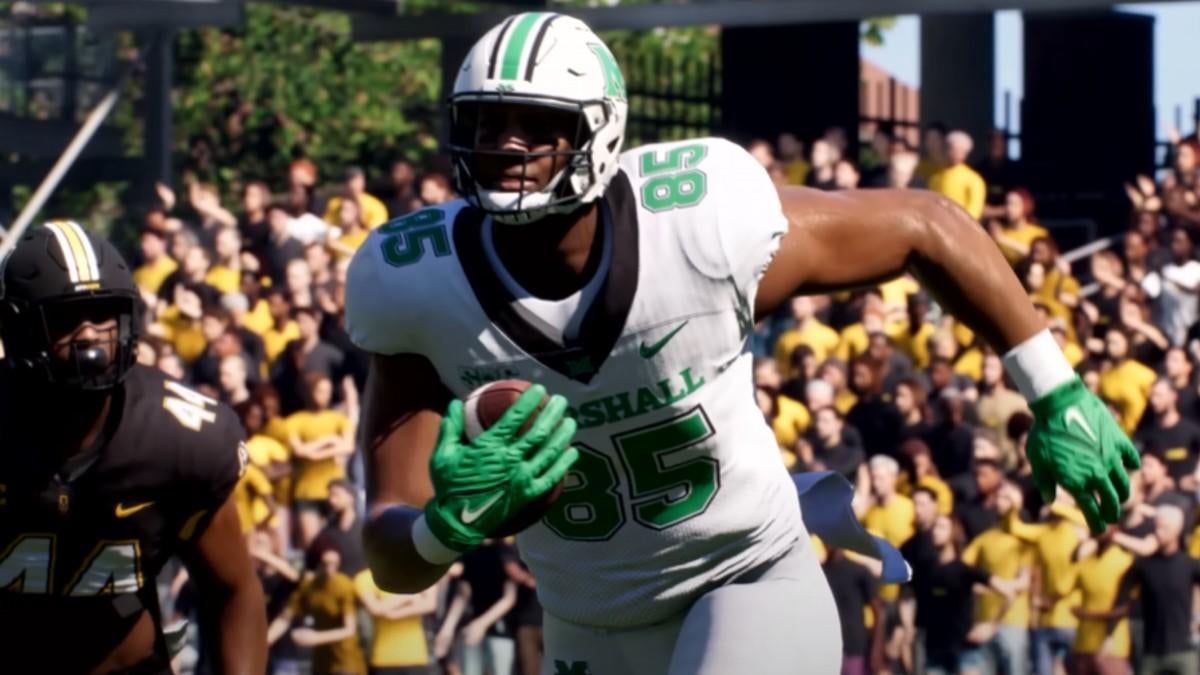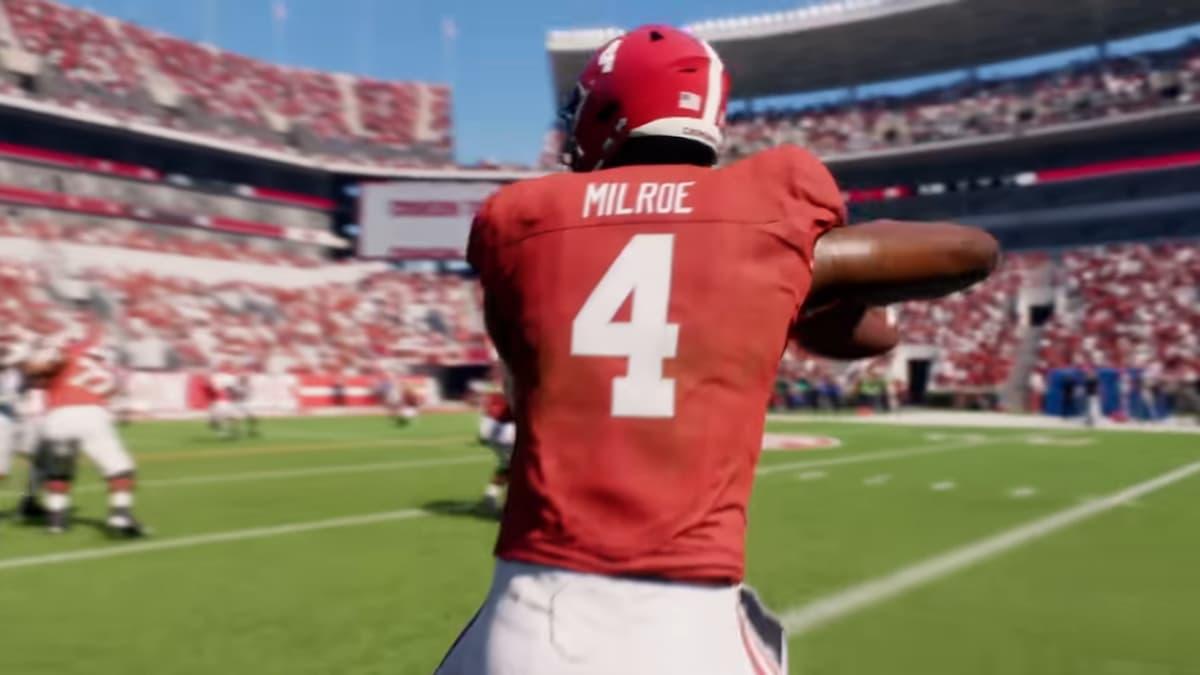Why Killing or Replacing Comic Book Characters Can Be Good
To preface what's coming: yes, it's almost always a shallow sales gimmick when a comics publisher [...]

To preface what's coming: yes, it's almost always a shallow sales gimmick when a comics publisher kills or replaces a character, and it's rarely done in a way that really satisfies anyone who is reading the story critically.
That said, with the announcement of a new Captain America coming on Monday, many of our readers have taken to social media to ask a variation on one question: "Why would Marvel do that?"
There are a number of reasons -- some financial and some creative, some valid and some less so -- that a publisher would want to kill or replace their lead character.

First of all, there are some characters in comics -- and I would argue that Captain America is among them -- for whom dying, losing their powers, quitting or being replaced has become engrained in their personality. At this point it feels almost like a rite of passage for anyone who wants their run on certain titles to be taken seriously. It can be exasperating, certainly, and especially when the publisher pushes it as an "event" story that casual readers must read -- but building it into the DNA of the character, to me, makes having it happen more than once seem less sneaky and smarmy.
Besides Captain America, you can look to Hal Jordan, one of the many heroes to take the name Green Lantern over at DC. In both cases, it's not just once that the hero has been killed, de-powered or replaced but in fact a number of times, often within just a few years of one another. Around the time of the Crisis on Infinite Earths, Green Lantern quit his job and by the time that story was ten years old, Hal was two years into his next hiatus from the job, which came when he went insane and eradicated the rest of the GL Corps.
For context, that means Hal's fall, rise, establishment of a status quo, fall and rise again all happened within the span of the time Wally West was The Flash. During part of that time, he was dead!
Of course, the danger of making death and rebirth a theme for your character and a well that writers can draw from time and time again is that you run the risk of becoming Jean Grey. That's certainly not something you want for your character...but having the character in question be the star of a solo title helps. Grey, for instance, also has the "death and rebirth" element as something that's been placed into her character history in order to justify all of the times it's happened...but it seems a bit tacked-on, when you don't have enough room in a team book to really develop that aspect of her personality or mythology.

The other reason deaths and replacement heroes can be okay -- and this one is more important even than the previous characterization stuff -- is when it serves a greater narrative purpose.
You can see this in the death and return of Superman in the '90s, a storyline that oppened up a ton of new storytelling opportunities for the Superman family of titles, and with Ed Brubaker's Death of Captain America storyline, in which Steve Rogers was "killed" and replaced by Bucky Barnes. The whole epic, from the introduciton of the Winter Soldier until the restoration of Steve Rogers as Captain America at the end of it all, felt carefully planned, and moved the stories of all of the characters involved forward. It left them all -- but most importantly, Captain America -- better off than they were when Brubaker took over.
Those kinds of deaths are admittedly rare and there's nothing wrong with being a little concerned that seeing another new Captain America for the second time in ten years might not work out as well. Still, there's really nothing inherently wrong with using the plot point as long as it's done well enough that people don't feel like the character was diminished by the process.

Perhaps most key to Marvel, DC and other intellectual property holders, though, is the idea that they can actually enhance other, less marketable characters. At the end of the day, whoever it is that steps into Captain America's buccaneer boots will likely not stay there very long. Still, if they can successfully keep the seat warm, you've done no harm to Steve Rogers while elevating the person who steps into the role.
See also: Dick Grayson, who took over as Batman when Bruce Wayne "died" and while it was only about a year (during which time everyone kept reiterating that of course they knew Bruce wasn't really dead), it's made a mark on the character, the Batman franchise and the fan base that has transcended even the relaunch of the New 52.
